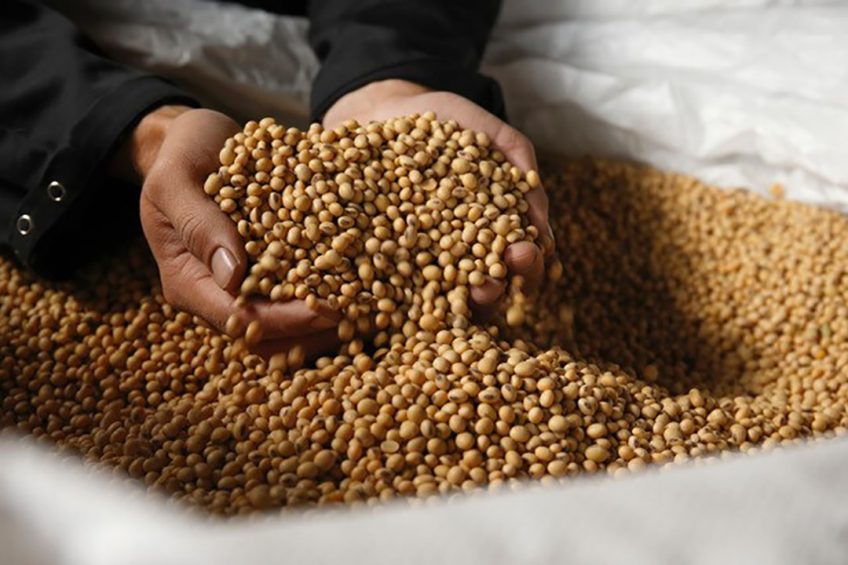Conversion-free soy part of FeFac new soy guidelines

The European animal feed organisation FeFac presented its new guidelines for the purchase of responsible soy.
An important change from the previous version of the guidelines is the possibility to compare soy programmes on conversion-free soy. This means that the soy has not been grown on converted natural ecosystems such as forests, swamps and savannahs after a specific date. Companies that purchase or use soy and value conversion-free soy can now more easily see which soy programmes pay attention to this.
Illegal deforestation
In the previous version of the Fefac Soy Sourcing Guidelines, attention was only paid to illegal deforestation. Legal deforestation is deforestation permitted under the law of a country. “Fefac recognises that current societal expectations in Europe ask for ‘conversion-free soy’, going beyond the principle of legality, as the future political and market standard.”
Fefac guidelines
The Fefac guidelines consist of 54 mandatory and 19 desired criteria in areas such as working conditions, the environment, agricultural practices and dealing with the local population. Soy schemes and programmes, of which RTRS is perhaps the best known, can be compared to these criteria. Every soy programme that meets the criteria must meet all mandatory and at least 8 of the 19 desired criteria in order to pass the benchmark and thus meet the Fefac guidelines. 19 sustainable soy purchase schedules met the 2015 guidelines.
FeFac will display the schemes that deliver this ‘conversion-free soy’ on the their webpage via a transparency tool, making transparent the respective applicable cut-off date and chain of custody options. FeFac expects that a new round of benchmarking can start in spring 2021, initial results will be available as from may 2021.
Conversion-free soy will be mandatory in the future
In the new version, 16 desired criteria from the previous version have become mandatory criteria. 14 new desired criteria have been added, of which conversion-free soy is one. According to Fefac, political decisions and legislation may lead to the desired criterion of conversion-free soy becoming a mandatory criterion in the future.
Fefac estimates that about half of the soy used in the EU complies with the Fefac guidelines. “That’s already a lot, but there is still room for growth,” said Fefac chairman Asbjørn Børsting during the presentation of the new guidelines. “We hope that with the Soy Sourcing Guidelines we can restore confidence in soy.”











